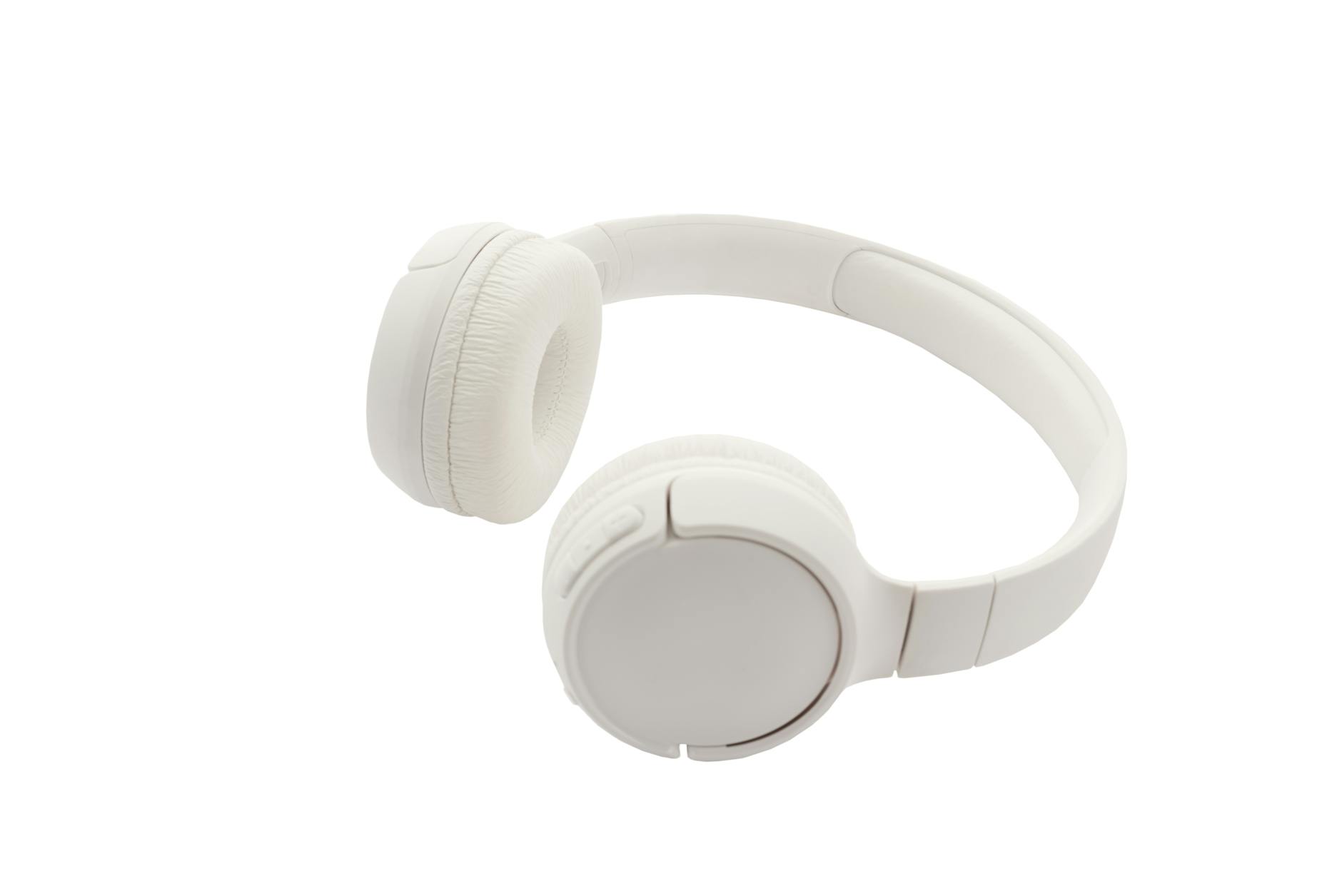Why Small Cameras Are Perfect for Monitoring Pets in Australia

Benefits of Small Cameras
Integrating small cameras into veterinary practices can significantly enhance patient care by streamlining clinic operations. These devices are invaluable for clinics seeking to improve both surveillance and patient monitoring. When I think of clinic surveillance in places as vibrant and busy as the RSPCA Brisbane Animal Care Campus, small cameras make total sense. Each camera assists in maintaining a secure environment, ensuring that both human and animal visitors are safe.
Enhanced Clinic Surveillance
The best mini spy cam options available today come with advanced features that can enhance the security of any veterinary clinic. These cameras provide discreet surveillance, ensuring privacy is respected while still monitoring crucial areas. Cameras allow staff to keep an eye on entries, preventing any unauthorized access to restricted areas. This added layer of security is particularly reassuring during busy times when multiple patients need attention.
Improving Patient Monitoring
A pet tracker and small cameras also contribute to patient monitoring—a must for any practice focusing on high standards of care. These devices provide continuous oversight of overnight patients and those with special needs or post-operative care requirements, without disturbing their recovery. Ensuring that every patient is monitored accurately aids in identifying any immediate health concerns.
Ease of Use in Clinics
Ease of use is another major benefit. Most spy camera for sale options come equipped with straightforward installation guides, making it easy for any veterinary professional to integrate them into their existing setups. Opting for user-friendly technology promotes effective adoption by all clinic staff, ensuring that everyone is equipped to maintain and enhance patient care.
Features to Consider
High-Resolution Video Quality
When looking at small cameras for clinic use, high-resolution video quality is critical. Whether you're considering nanny cameras and hidden cameras for discreet observation or farm cameras for broader areas, clarity in visual detail helps in accurate patient monitoring. You want to ensure that any critical changes in an animal's condition are easily noticeable, similar to how an HD display offers crisp details when you’re at the RSPCA Brisbane Animal Care Campus. This level of detail can be the difference in identifying subtle signs of distress or recovery in overnight patients.
Wireless Connectivity Options
Incorporating wireless connectivity into your practice's operations streamlines the monitoring process. No one wants to deal with tangled cords or a chaotic setup, especially during busy clinic hours. Wireless options allow for a more seamless integration into your existing systems, making it easy to connect with vet software. This ease is essential for professionals who are always on their feet, like when you visit pet-friendly cafes in New Farm and need updates on your clinic's status remotely.
Night Vision Capabilities
Especially in environments where animals are under continuous observation, night vision capabilities can be hugely beneficial. It ensures patient well-being during overnight stays by offering clear visibility without disturbing them with bright lights. Spy glasses might sound like something out of a thriller, but in veterinary settings, such technology ensures you don't miss a thing, even in low-light conditions. Reliable night vision enhances your ability to provide round-the-clock care efficiently, aligning with your commitment to thorough care and ensuring every animal feels safe and secure.
Integration with Vet Practices
Linking with Vet Software
Incorporating technology like a mini hidden camera into your veterinary practice can significantly streamline your operations. By integrating these devices with your existing vet software, you can maintain a comprehensive overview of patient care. This integration allows for real-time monitoring of animal patients, ensuring their well-being overnight without needing constant in-person checks. Vet software compatibility is key, so when exploring options, look for cameras designed to work seamlessly with major veterinary management systems.
Ensuring Secure Data Access
Security is a paramount concern in veterinary clinics, especially when handling sensitive data. Effective strategies for safeguarding data include secure access protocols and regular software updates. Modern cameras often come with advanced encryption technology, ensuring images and footage remain protected. It’s crucial to limit data access to authorized personnel only, preventing any unauthorized breaches. Such measures are as vital as keeping our beloved animals secure and fed.
Facilitating Staff Training
To make the most of these technologies, proper staff training is indispensable. When your team understands how to operate and interpret the data from the hidden camera long battery life, the workflow becomes more efficient, reducing room for error. Consider engaging in training sessions that cover basic troubleshooting and how to spot potential technical issues. These efforts not only enhance tech adoption but also foster a collaborative environment within your practice. By doing so, you ensure you and your team can provide the best care to your patients, just like a refreshing walk through the South Bank Parklands for a family's furry friend.
Ethical and Security Concerns
Data Privacy Measures
Incorporating small cameras into veterinary practices requires a responsible approach to data privacy. It's crucial to establish protocols that safeguard client and patient information. Encryption is essential to protect video streams, ensuring confidentiality and compliance with regulations. Additionally, instituting policies that limit access to recorded data to only essential personnel can prevent misuse.
Preventing Unauthorized Access
Security threats are an inherent risk when implementing technology solutions, including wireless cameras. Strong passwords and regular software updates are your first line of defense. Employing firewalls and network security protocols can also be effective deterrents to unauthorized access. These security measures build a significant barrier against potential breaches in your clinic, maintaining trust and safety.
Ethical Surveillance Practices
Ethical considerations play a significant role in cultivating trust with clients and ensuring the welfare of your patients. Transparently communicating with pet owners about the use of surveillance, including the mini camera battery life, fosters a trusted environment. Ensuring that cameras are used solely for enhancing patient care, without infringing on personal or animal welfare, underscores ethical practices in a veterinary setting.
By prioritizing privacy, security, and ethical considerations, veterinary clinics can effectively integrate technology while maintaining a trustworthy and supportive environment.
Troubleshooting and Optimizing Small Camera Usage in Vet Clinics
Regular Performance Checks
It's essential that we, as veterinary professionals, regularly assess the performance of our small cameras. Whether it's keeping an eye on the kennel areas or ensuring our furry friends are safe during their stay at the RSPCA Brisbane Animal Care Campus, a well-maintained system is vital. Set weekly reminders to examine camera lenses for dust or scratches, and check batteries and power connections. Ensure software updates are current; outdated systems can falter when they're needed most.
Aligning Technology with Practice Needs
Each clinic has unique requirements, so it's crucial that our camera technology aligns with these needs. Evaluate if your setup offers adequate coverage in key areas, like treatment rooms and surgical suites. For clinics close to places like South Bank Parklands, where logistics may be more challenging due to increased foot traffic, ensure your wireless systems remain robust and interference-free.
Leveraging Training for Staff
Incorporating ongoing staff training sessions can enhance the integration of surveillance technology in daily routines. This empowers team members to confidently use cameras for patient monitoring, making them more adept at spotting any anomalies in archived footage. Hold workshops to explain the importance of small camera technology, and provide practical tips on their operation, so your team can fully utilize these tools.
Let's continue our journey in optimizing how we care for animals by always staying updated with our surveillance efforts, ensuring our methods reflect our values and the professional standards expected in Brisbane.


